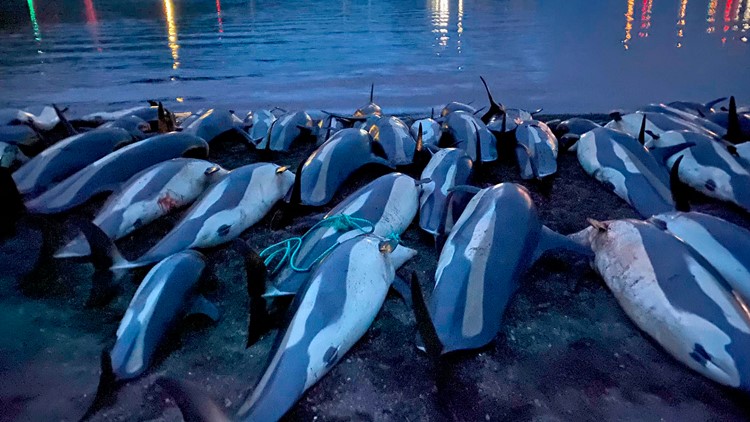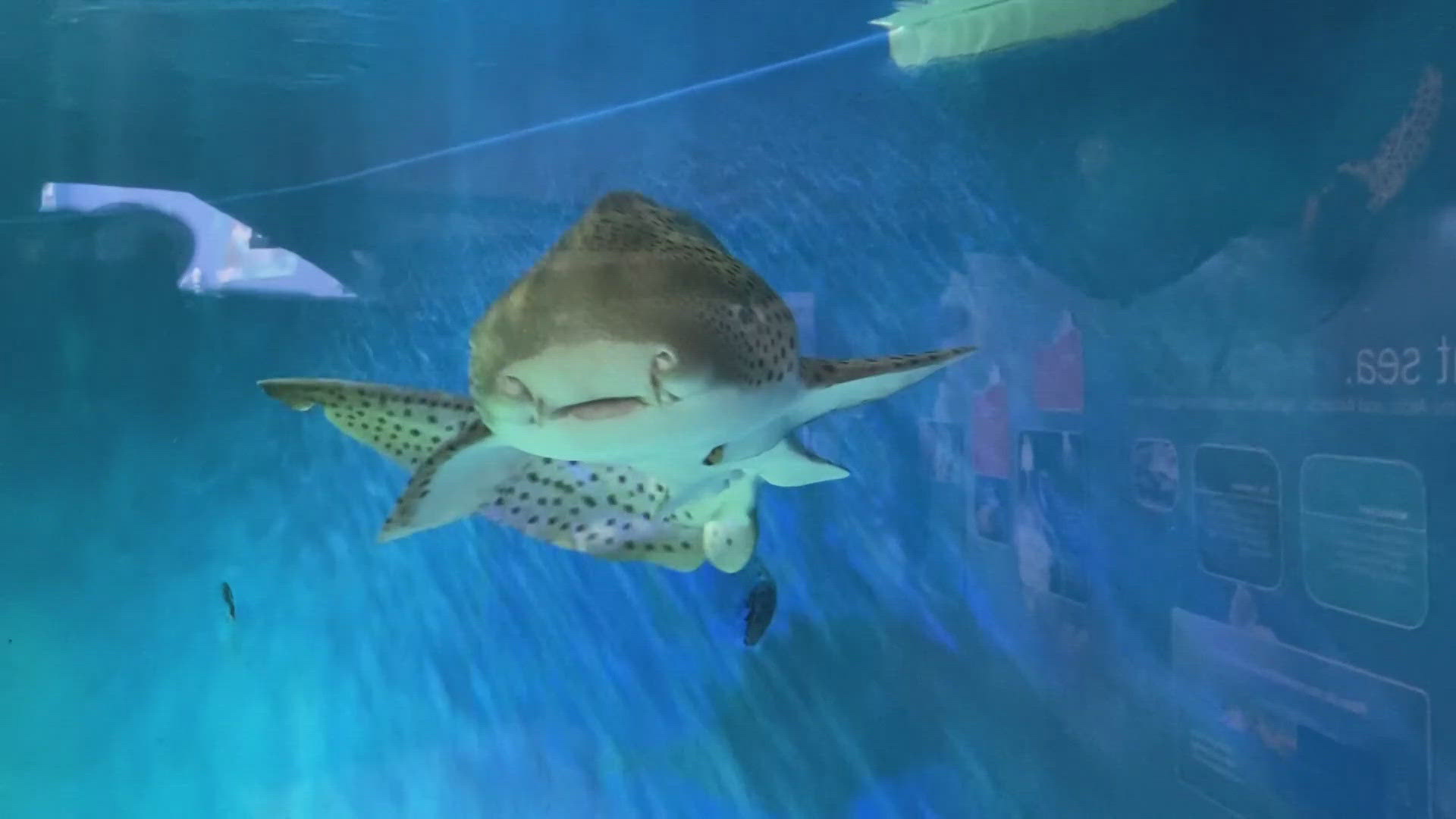CLEARWATER, Fla. — The Clearwater Marine Aquarium (CMA) called the reported slaughter of approximately 1,500 dolphins that happened in the Faroe Islands "unsustainable."
In a statement Wednesday, officials from CMA explained that a calculation method called Potential Biological Removal (PBR) estimates that if more than 550 dolphins die in a year from human actions, the population will decline.
With almost more than three times that number of dolphins killed in the Faroe Islands in one day, the PBR would have been greatly exceeded, CMA reports.
Officials say generations of dolphins died in this mega-pod, and the learned behaviors and genetic code that are essential to adapting were lost.
"When we see a large die-off of a group of any species, our main concern is how the occurrence may disrupt the delicate ecological balance or the survival of that species," President of Clearwater Marine Aquarium Dr. James Powell said in the statement.
"With so little known about this particular dolphin species, we have no idea how this mass mortality will impact the health of that north Atlantic stock or future generations."
After nearly 1,500 sea mammals were killed Sept. 12 in the Faroe Islands, the Faeroese government said that it will review the way hunts of Atlantic white-sided dolphins are carried out.
“We take this matter very seriously. Although these hunts are considered sustainable, we will be looking closely at the dolphin hunts, and what part they should play in Faeroese society,” Faeroese Premier Bardur a Steig Nielsen said in a statement.
The white-sided dolphins, which are not considered an endangered species, are killed for their meat and blubber.
CMA says that the mass mortality event could have a significant impact on the Faroe Islands white-sided dolphin population "in ways we don't even know yet."
"We’re hopeful that the outrage being felt across the globe will encourage future action to better regulate or stop these whale and dolphin hunts," Powell said.



